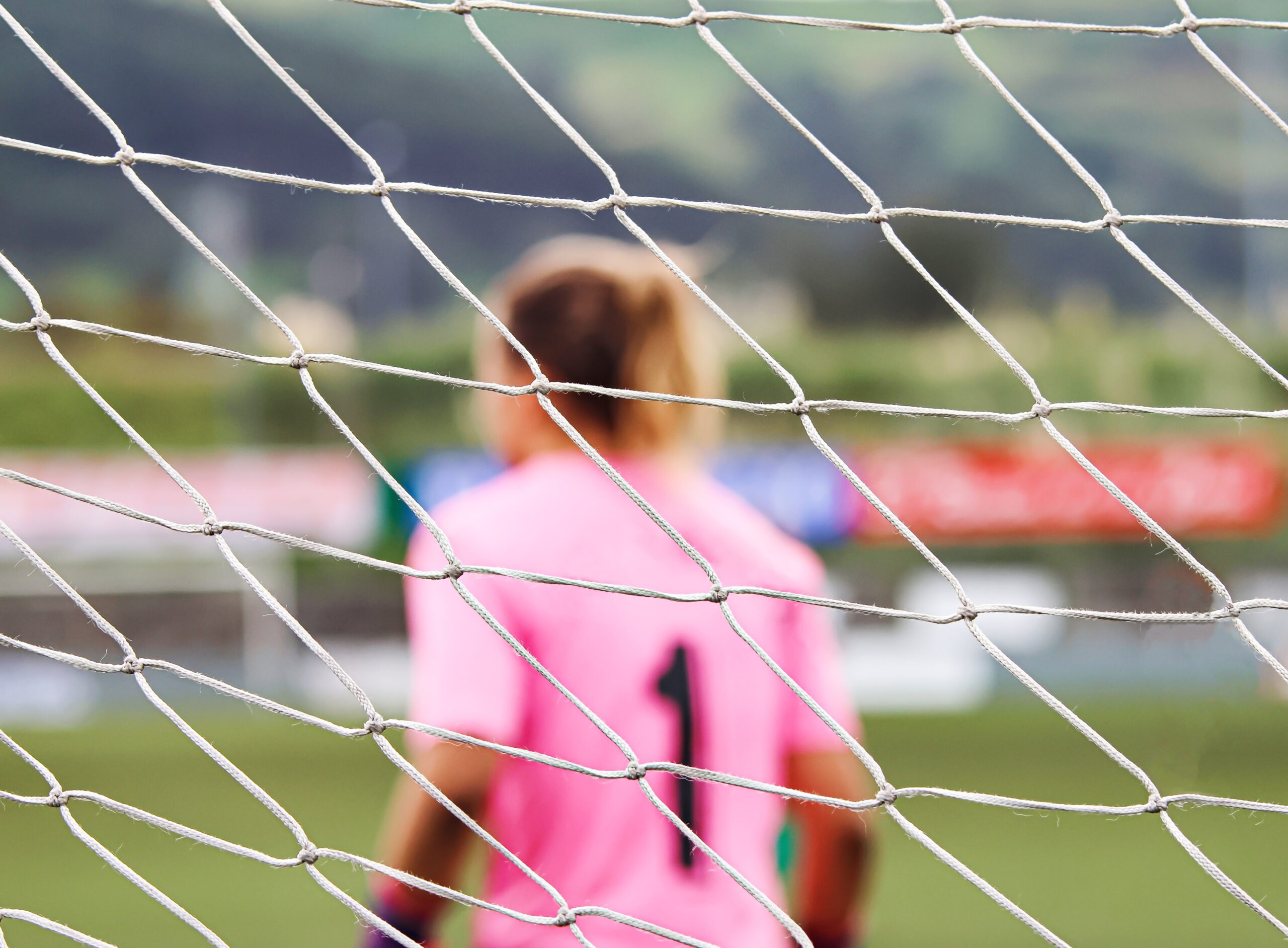
As the Women’s Super League kicks off its 2025–26 season, the return of Hannah Blundell to Manchester United marks another important moment in the evolving landscape of motherhood in elite football. Blundell, who began her maternity leave earlier this year, is set to become the first Manchester United player to return to the pitch after pregnancy—a milestone that reflects growing support structures within the game.
She joins a small but growing group of players who have navigated pregnancy and returned to elite competition. Toni Duggan made history in 2022 as the first WSL player to take maternity leave under newly introduced legislation. Melanie Leupolz returned to competitive football for Chelsea just three months after giving birth, and Katrina Gorry—now at West Ham United—continues to balance top-flight football with parenting two young children, having also taken maternity leave earlier in her career.
The WSL has made meaningful progress in recent years. Maternity leave policies now offer 14 weeks of fully paid leave, with protections in place regardless of how long a player has been at a club. These changes are helping dismantle long-standing barriers that once forced many women to choose between motherhood and their careers.
Still, while institutional policies are evolving, brand engagement is still finding its footing. Parent athletes—particularly mothers—remain relatively absennt from mainstream marketing narratives, despite the richness and relatability of their stories. This absence is not just a missed emotional opportunity; it reflects a broader disconnect between brand narratives and the lived experiences of modern athletes. In an era where authenticity and social relevance are important, brands risk falling behind if they fail to engage with the multifaceted identities of the athletes they partner with.
There’s potential for brands to engage more thoughtfully with this space. By recognising and supporting the journeys of parent athletes, they can contribute to a more inclusive sporting culture—one that reflects the realities of modern professional life. Also, authenticity is key. Campaigns that spotlight the lived experiences of mother-athletes can promote emotional connection and brand loyalty. These stories challenge outdated notions of what strength looks like, redefining it to include care, adaptability, and perseverance. They also offer a more expansive view of athleticism, one that embraces the full spectrum of human experience.
Partnerships with advocacy organisations can also ensure that brand efforts are informed and impactful. These collaborations can help brands navigate the nuances of maternity in sport, avoiding tokenism and instead contributing meaningfully to structural change.
As football continues to grow, the structures that support participation will be just as important as the performances on the pitch. Supporting motherhood in sport is one meaningful way to help shape that future. Brands that recognise this won’t just be keeping pace with progress; they’ll be helping to shape it.